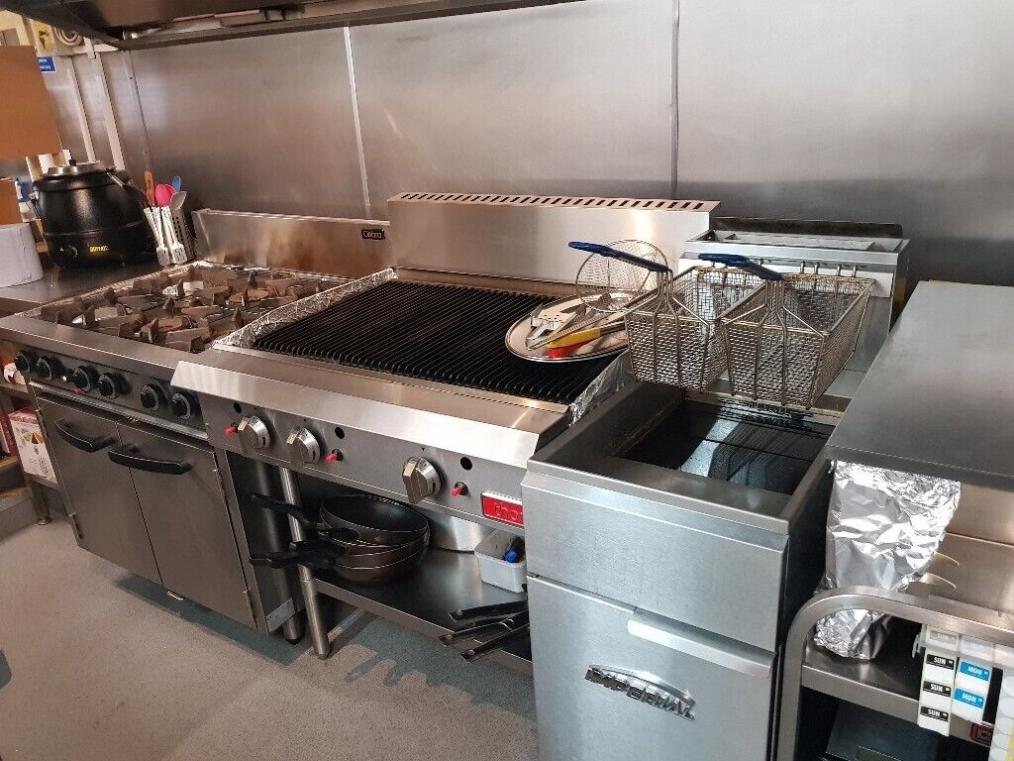Common Challenges Faced When Using Catering Equipment
Catering equipment plays a crucial role in the success of any foodservice operation. From preparing and cooking food to serving and storing it, catering equipment helps businesses deliver high-quality culinary experiences to their customers. However, using catering equipment comes with its own set of challenges that can impact efficiency, safety, and overall customer satisfaction.

This article aims to identify and discuss some of the common challenges faced when using catering equipment. By understanding these challenges and implementing proactive measures to address them, businesses can ensure smooth and successful catering operations.
I. Common Challenges Faced When Using Catering Equipment
1. Equipment Malfunction And Breakdowns
- Causes: Poor maintenance, improper usage, lack of training.
- Consequences: Food spoilage, delays in service, loss of revenue.
- Preventive measures: Regular maintenance, proper training, following manufacturer guidelines.
2. Lack Of Proper Training And Knowledge
- Insufficient training: Staff may not know how to operate equipment properly.
- Consequences: Safety hazards, equipment damage, inefficient operation.
- Preventive measures: Provide comprehensive training, ensure staff understands equipment functions and safety procedures.
3. Inadequate Equipment Capacity
- Choosing the wrong equipment: Not considering event size and menu requirements.
- Consequences: Overwhelmed equipment, delays in food preparation, poor-quality food.
- Preventive measures: Carefully assess event needs, choose equipment with appropriate capacity, consider potential expansion.
4. Improper Cleaning And Sanitation
- Neglecting cleaning and sanitation: Lack of proper cleaning protocols.
- Consequences: Food contamination, health code violations, loss of reputation.
- Preventive measures: Establish cleaning and sanitation protocols, provide adequate cleaning supplies, ensure staff follows procedures.
5. Safety Hazards And Risks
- Electrical hazards: Faulty wiring, improper grounding.
- Fire hazards: Grease buildup, improper ventilation.
- Physical hazards: Sharp blades, hot surfaces, heavy equipment.
- Consequences: Injuries, accidents, property damage.
- Preventive measures: Regular safety inspections, proper maintenance, staff training on safety procedures.
II. Addressing The Challenges Proactively
The common challenges discussed in this article highlight the importance of addressing them proactively to ensure successful catering operations. Businesses should prioritize equipment maintenance, training, proper usage, and safety measures to mitigate risks and improve overall performance.
By investing in regular maintenance, providing comprehensive training to staff, choosing the right equipment for the job, implementing proper cleaning and sanitation protocols, and prioritizing safety, businesses can create a safe and efficient work environment for their employees, deliver high-quality food to their customers, and maintain a positive reputation in the industry.

YesNo

Leave a Reply